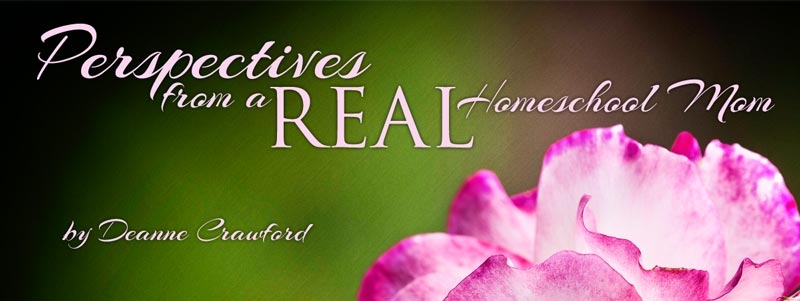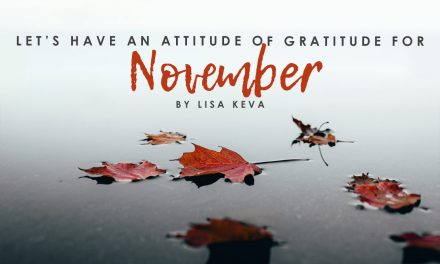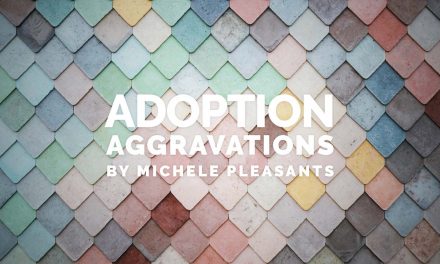Monday morning looms. As you reflect upon last week, you are perplexed. Maybe your child cried through his daily math lessons, or perhaps dysgraphia crushes his spirit as he faces the seemingly endless writing in your current history program. Monday morning looms and you are filled with dread. If this describes you, keep reading! It is my hope that the following practical ideas will ease the days and weeks to come!
So, what do you do? Short answer: take control of your lesson plans. While many of us intuitively know this, it is one of the most difficult things to act on. In other words, as you crack open the teacher guide for your curriculum, read through the information and determine which objectives are realistic for your child. Were you aware that many (if not most) Teacher’s Guides were prepared for classroom settings full of children with diverse learning needs. These guides are just that: “guides” that teachers “pick and choose” from to best meet the educational goals of their classroom.
Sometimes, you may find that a program designed for homeschooling families may also present challenges for your family situation. For example, a history program that involves intensive writing for a child with dysgraphia may present insurmountable challenges. A perfect way to overcome the writing challenge is to use the questions for discussion instead. While it may be helpful for you to have read the text as well, you can often converse intelligently with your child just by reading the answers in the teacher guide. You can use this oral approach to lessons in your other subjects as well.
Do you have a child that cries through math? Don’t be afraid to explore other ways of doing your math lessons. Children will be able to practice and learn their math facts whether you do the problems in the workbook, or get creative. Some tried and true creative math alternatives include using a dry erase board and markers, oral lessons, or flash cards. Take index cards and write numbers 1-100 on them. Have your child work the problem out using the number cards. Active children will enjoy math hopscotch. Using construction paper, write out a series of numbers. Jump on 2 numbers: Add, Subtract, Multiply. The opportunities are endless! While it may seem to take a little longer to do your daily math lessons, as the tears subside, math lessons will flow more smoothly. Another option, just for today, put away the math book. Pull out board games, or dice. Oftentimes, practicing math facts in a more relaxed manner will help solidify them. Other fun ways to “teach math” include using the sandbox or bath tub for measurements, cooking for fractions (among other skills), or practice geometry skills by measuring a room for carpet or wallpaper! While these activities may not seem like “school,” each of them teach or reinforce important math concepts.
When my children were younger, we would do our end of the chapter quizzes in a Jeopardy game format. History, Science and Language Arts are fantastic subjects to use for this type of review (testing!). I would develop 5 categories and list questions with increasing difficulty. Whenever possible, I would use the end of the chapter questions from the text. With our limited homeschool budget, I would also get creative with the winning prizes. For prizes I would give one day off from their daily chores, an additional hour of computer/television time, or a special morning out with mom (or dad). Prizes may vary, find one that will appeal to your children and give them a reason to do their best! Using games allow children of all skills and abilities to show what they know. It is also a great medium to teach social graces like winning well and grace in losing.
Taking a break from the books is an option for any curriculum or subject, especially one that is bringing frustration to your children. Spend a week doing hands-on science or nature studies. Educational science videos abound on our website, your library or Netflix. Magic School Bus, Mr. Wizard, Moody Science Classics and Ben Roy’s Go-Science teach science concepts in way that children can grasp. Need a break from history? Teaching videos abound, but also consider introducing your children to Little House on the Prairie, Anne of Green Gables or Johnny Tremain. You will be pleasantly surprised when you see their understanding of historical time periods expand. Teens may appreciate a viewing “first hand” events like the Apollo 13 mishap or Sergeant York’s World War I heroism amidst pacifism.
Modifying your daily lessons puts you back in control of your homeschool and more importantly, it allows you to meet the individual needs of your children.





